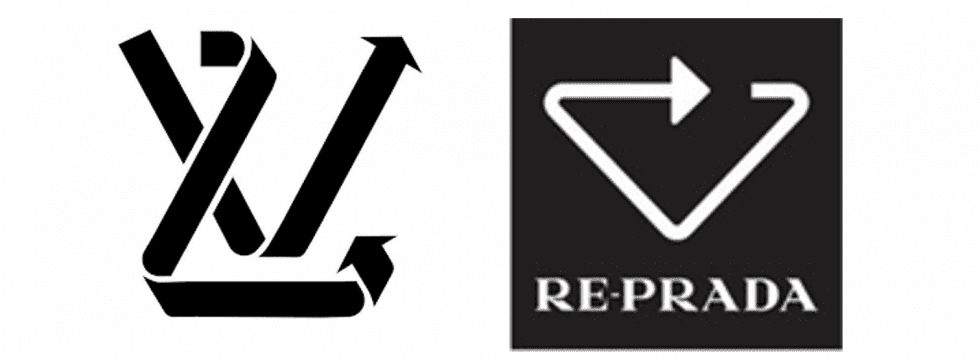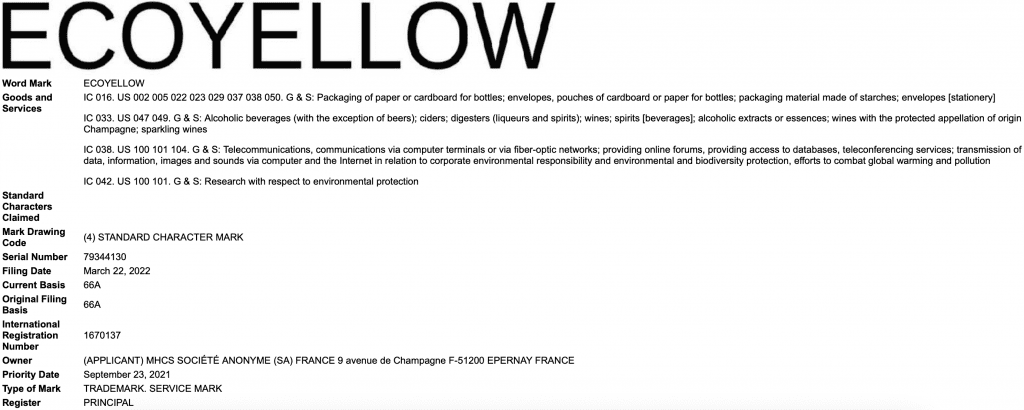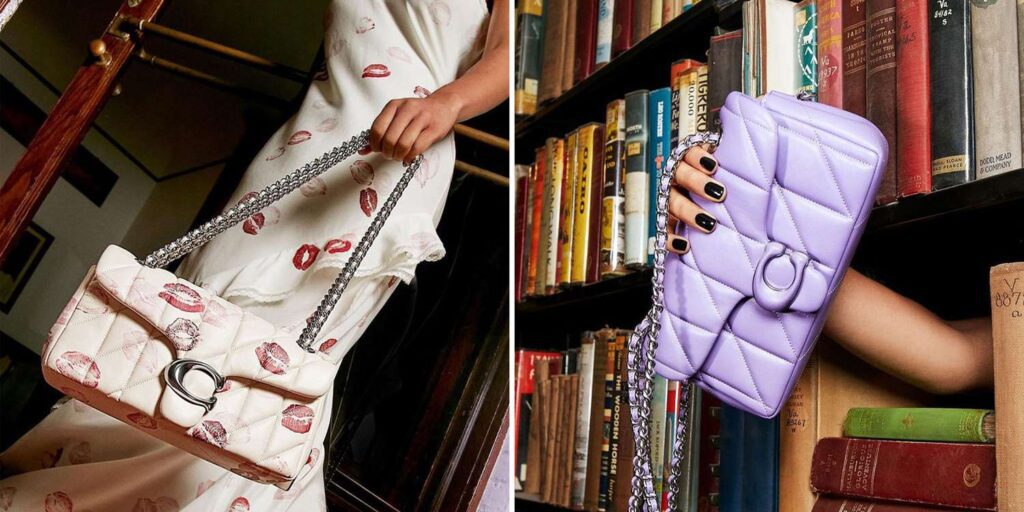Companies’ adoption of “green trademarks” is on the rise. A “first of its kind” report released last year by the European Union Intellectual Property Office (“EUIPO”) looked at the number of applications for trademarks that relate to sustainability and/or the environment between 1996 and 2020, and found that applications for “green” marks (i.e., ones whose goods/services descriptions make mention of sustainability terminology) increased “both in absolute figures and as a proportion of all European Union trademark filings.” Analyzing more than two million trademark filings for the presence of environmental, social, and governance (“ESG”)-centric terms, the EUIPO revealed that it was on the receiving end of 1,588 green-focused trademark filings, whereas in 2020, that number jumped to nearly 16,000.
The key takeaway of the EUIPO report – which is that a growing interest in sustainability is, in fact, being reflected in the trademark applications that companies are filing – is not limited to applications being lodged with the EU trademark body, as other trademark bodies are seeing a rise in environmentally-centric trademarks of their own. The U.S. Patent and Trademark Office (“USPTO”), for example, has seen rising ESG-focused applications in recent years due to consumers’ and companies’ growing attention to sustainability, which is, in turn, helping to shape the development of trademark portfolios of companies across industries.
The EUIPO study focused primarily on trademarks in which ESG elements are included in the descriptions of the goods/services for which the marks are being (or will be) used, but a broader trend is seeing companies incorporate ESG imagery or terminology directly into the trademarks, themselves, in order to communicate environmentally-friendly products, services, or practices. LVMH-owned Veuve Clicquot’s “ECOYELLOW” word mark comes to mind, as does Louis Vuitton’s recycling arrow-inspired logo, Prada’s Re-Nylon arrow mark, Gucci’s globe-centric EQUILLIBRIUM mark, and adidas’ “End Plastic Waste” globe icon.

Interestingly enough, while companies are increasingly looking to sustainability-focused indicators of source (as TFL first reported last year), these trademarks applications are not necessarily run of the mill filings, at least not in theory. In the midst of a rise in ESG trademark filings a decade ago, the USPTO started taking “a more rigorous review of trademark applications using ‘green’ in their marks,” Scarinci Hollenbeck attorney Kenneth C. Oh noted back in 2012, stating that “much like the Federal Trade Commission’s Green Guides, the new USPTO approach,” presumably prompted by a growing number of trademarks that make use of green terminology, “requires applicants to provide supporting evidence to trademark applications that contain ‘environmentally friendly’ claims.”
Regulating Green Trademarks
The USPTO is “already authorized to regulate ‘green’ trademarks under Section 2(a) of the Lanham Act, which addresses false and deceptive marks,” Oh stated at the time, asserting that existing federal precedent – which established that a trademark is considered deceptive when “(1) the term is misdescriptive of the character, quality, function, composition or use of the goods; (2) prospective purchasers are likely to believe that the misdescription actually describes the goods; and (3) the misdescription is likely to affect the decision to purchase” – extends to “green” trademarks.
As for what this actually looks like in practice, it is hard to tell, as to date, few filings have been met with pushback on this front. While Veuve Clicquot’s “ECOYELLOW” mark, for instance, has faced pushback from the USPTO, it has not been to request information about the company’s “eco” efforts. Louis Vuitton’s recycling-centric logo – which was registered by the USPTO this summer for use across a number of classes of goods/services, including “advertising services for communication and public awareness in the field of environment, ecology, sustainable development and social issues” – similarly avoided any requests for substantiation about such ESG development activities from the trademark office. Prada’s own arrow mark – which it describes as consisting of the stylized word “PRADA” above the stylized wording “RE-NYLON” along with the outline of an inverted incomplete triangle formed by an arrow – was similarly registered by the USPTO without issue.

Other marks that have been registered by the USPTO without any sustainability/ESG-related pushback: adidas’ “End Plastic Waste” logo for use on apparel, footwear, “sports bags,” and “organizing and conducting events for cultural purposes and training programs in the fields of the environment and sustainability for educational purposes, and its “Primegreen” mark for use on apparel, footwear, and “sports bags,” etc. Nike was issued a notice of allowance for marks in this vein, including the “Move to Zero” mark for use on footwear, as well as the promotion of “public interest and awareness in … environmental sustainability issues.”
As for Gucci’s relatively-recently-filed applications to register its “Equilibrium” logo, which consist of its interlocking “GG” mark inside a stylized earth formed by green lines outlining and intersecting a blue circle, those are still pending before the USPTO.
While trademark offices like the USPTO do not appear to be calling on companies to substantiate their sustainability/ESG marks, that does not mean that companies could not face false advertising issues from watchdogs and/or consumer plaintiffs in the event that they market themselves by way of these marks as “green” or “eco” – or imply that their offerings are recycled or recyclable thanks to arrow-centric marks – but fail to act accordingly.
“Investing in and integrating environmental protection and sustainability into a company’s brand [growth and] protection strategy can add value,” according to Pinsent Masons’ legal director Désirée Fields, given that there is “so much focus on these important issues globally.” While that remains true in light of rising regulator crackdowns on misleading sustainability marketing, including “general environmental benefit” claims – and the willingness of consumers and independent watchdogs to call out brands and/or initiate litigation in some cases, brands would be wise to consider the balance the benefits of using such branding with the potential ramifications.











